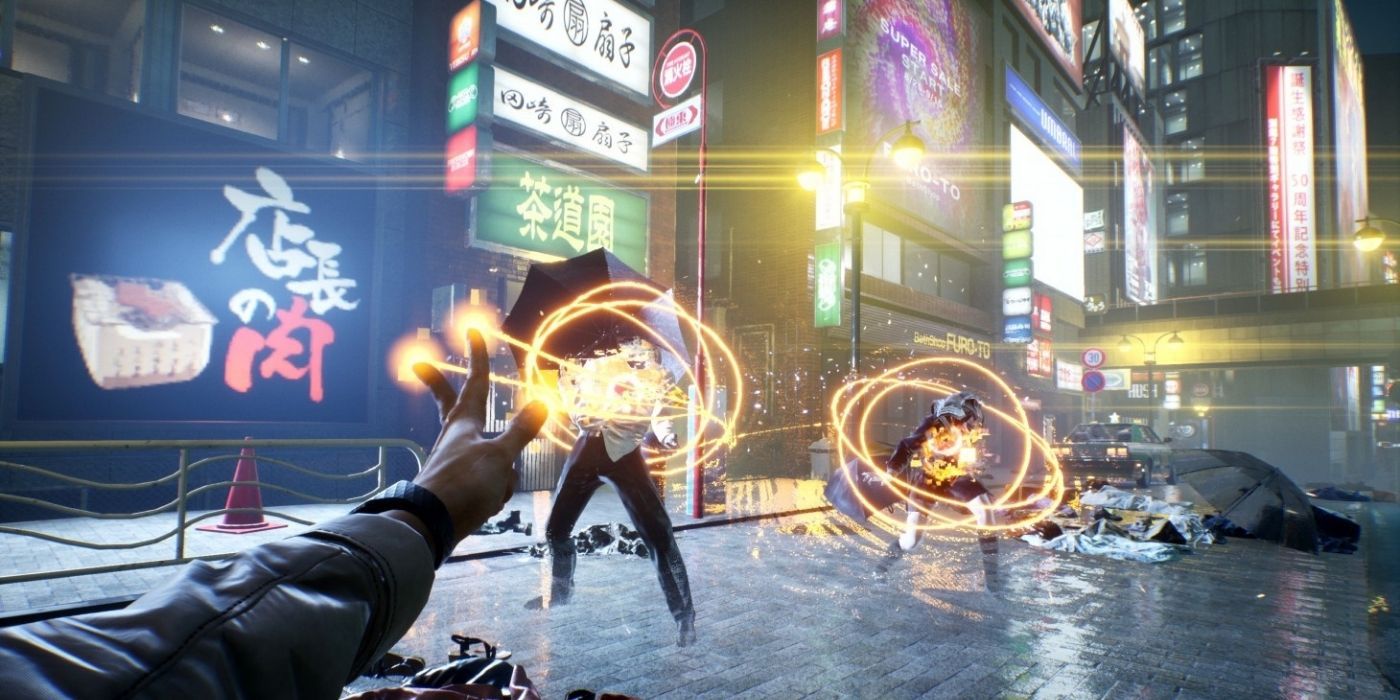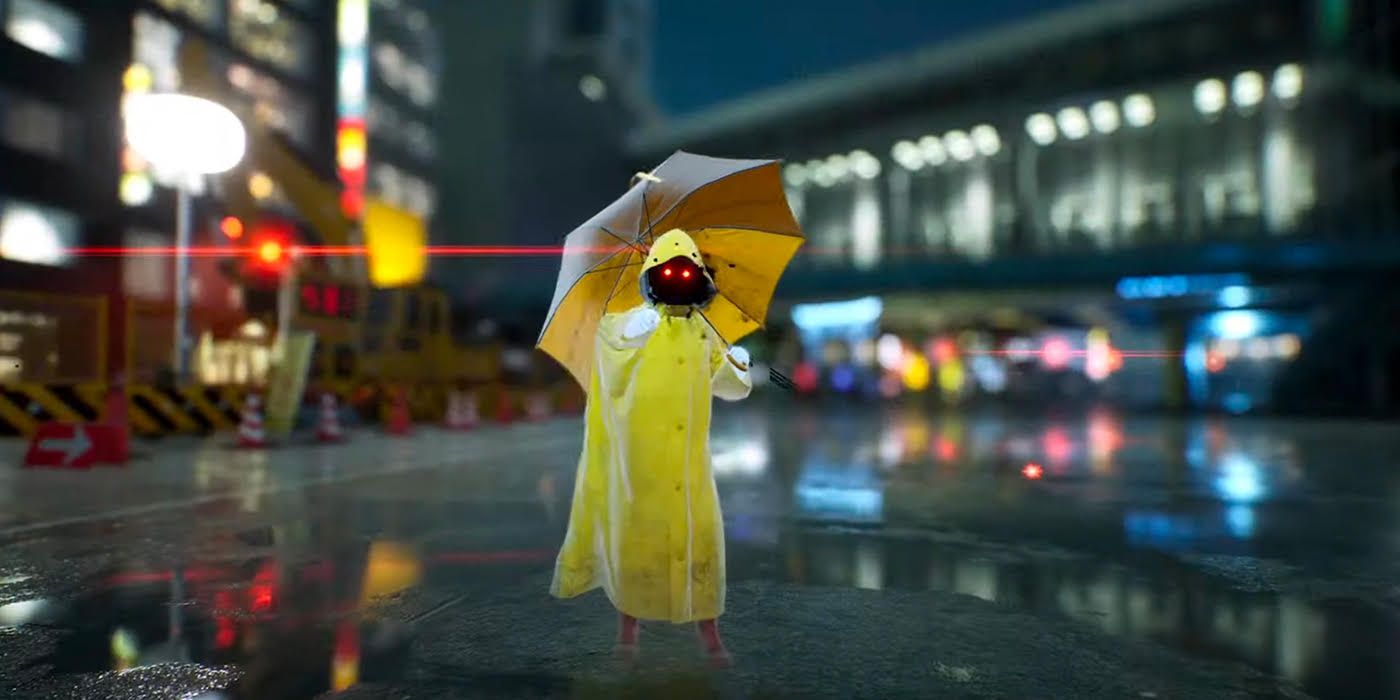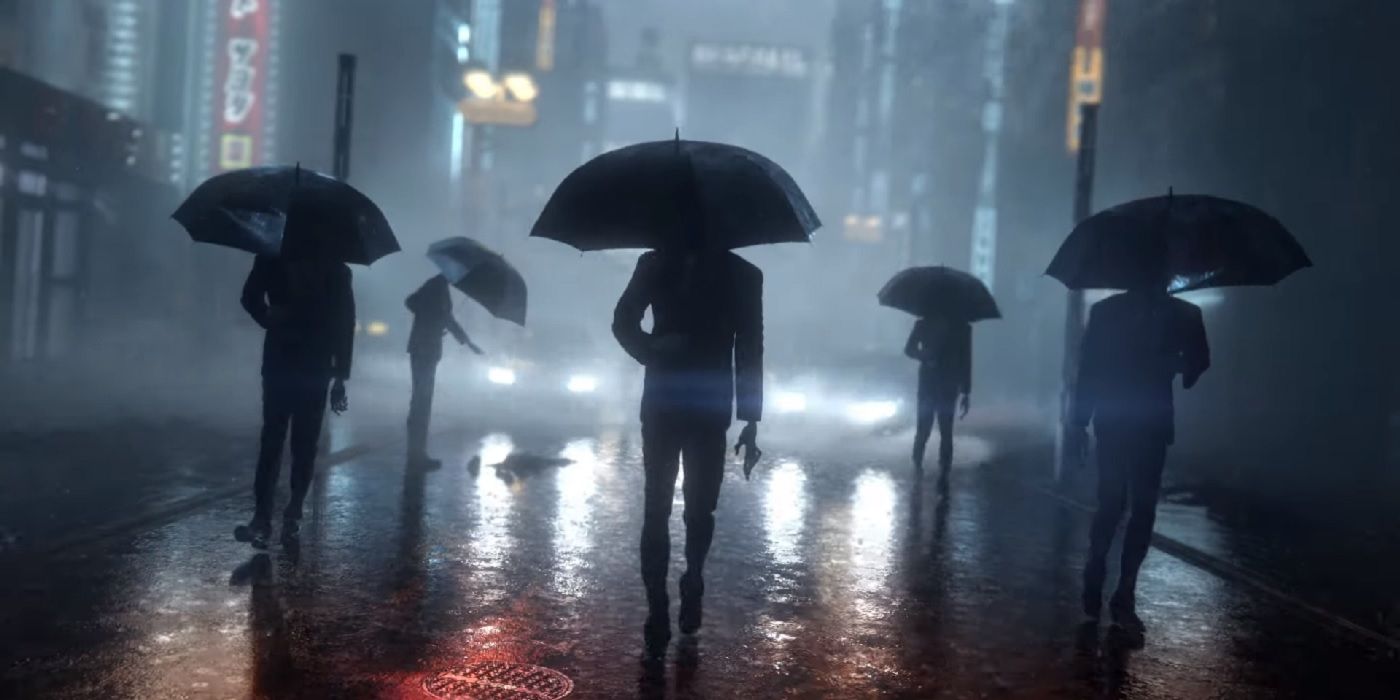
Tango Gameworks' upcoming Ghostwire: Tokyo seems to be a bold step in mixing traditional survival horror with action-packed gameplay. Boasting renowned developers such as Shinji Mikami at the creative helm, expectations run high for this timed PS5 exclusive.
Ghostwire: Tokyo is taking some direct inspiration from the Japanese Yokai folklore in the department of enemy design. An increasingly popular choice, Ghostwire: Tokyo is seemingly employing some clever tricks to ensure that the enemy designs feel fresh and unique.
RELATED: How Shinji Mikami's Resident Evil Background May Impact GhostWire: Tokyo

As previously mentioned, Ghostwire: Tokyo takes quite a bit of influence from the Japanese Yokai folk tales, which is fitting since the game is itself set in Tokyo. For the uninitiated, Yokai is a class of supernatural monsters that have been mentioned in Japanese folk tales. Yokai usually cause harm and misfortune, and their looks can range from humanoid to monstrous. Ghostwire: Tokyo is already distancing itself from traditional survival horror in many ways, which neatly translates into the enemy designs as well.
Instead of settling for standard Yokai enemies, Ghostwire: Tokyo combines these mythic beast designs with urban legends and pop culture to create a unique mix of enemy designs that might seem equally fresh and distinctive. The most recognizable seems to be the umbrella-wielding Faceless Spirits that resemble Slender Man in many ways. Others such as the headless ghost seemingly combines the Nukekobi Yokai (that has the ability to detach its head) and a stereotypical anime school girl. There's a lot more as well, with the Kuchisake resembling urban horror tales prevalent in Japanese culture, as well as the Ghostwire clan members with recognizable masks used in theatre.

Japanese Yokai folklore seems to have quite a rich history, and more and more developers seem to be more willing to leverage these designs. Nioh 2 is perhaps the most popular, featuring aggressive enemies from these tales such as the Kappa and the Enki. In addition to Ghostwire: Tokyo, the upcoming Shadow Warrior 3 is set to feature some of these creatures with the Enki (a Yokai monkey) having an almost identical design, but with different functions. Nioh 2 and Shadow Warrior 3 have radically different combat systems, and thus identical Yokai creatures have different abilities which can prove immersion-breaking for some.
On the other hand, Ghostwire: Tokyo's combat system seems to be a fast-paced spell-fest, resembling Doom's glory-killing in many ways. The enemies are fittingly enough more aggressive than what the folklore might suggest, but Ghostwire's mix of urban legends and Yokai-Esque designs legitimize any disconnect that might happen with such irregularities. Director Shinji Mikami is known for including uniquely gross enemy designs as evident by his work on Resident Evil and The Evil Within. Ghostwire: Tokyo seems to be the culmination of it all, and fighting these unique Yokai could prove entertaining.
Ghostwire: Tokyo is set for release in 2021 on PC and PlayStation 5.
MORE: Why Ghostwire: Tokyo is Distancing Itself From Horror Games

